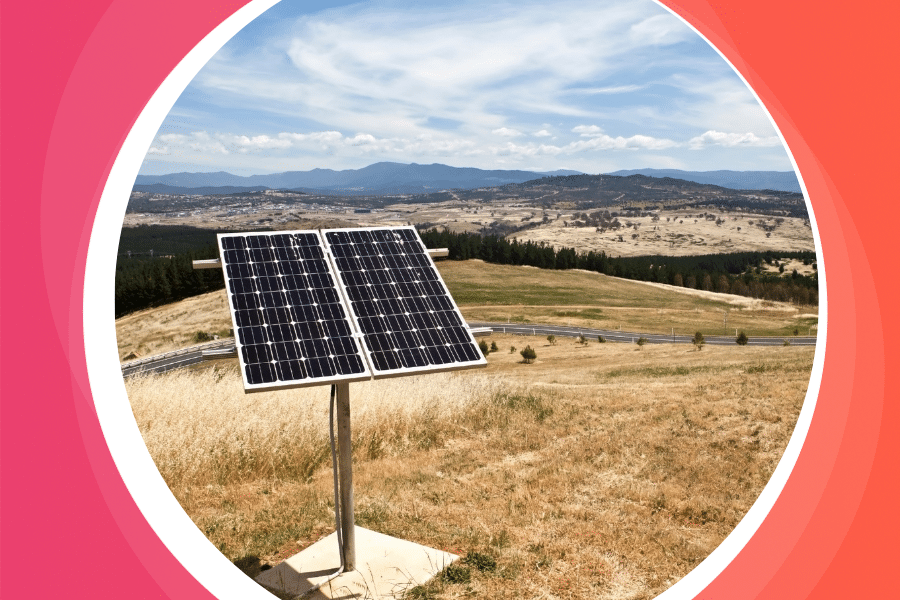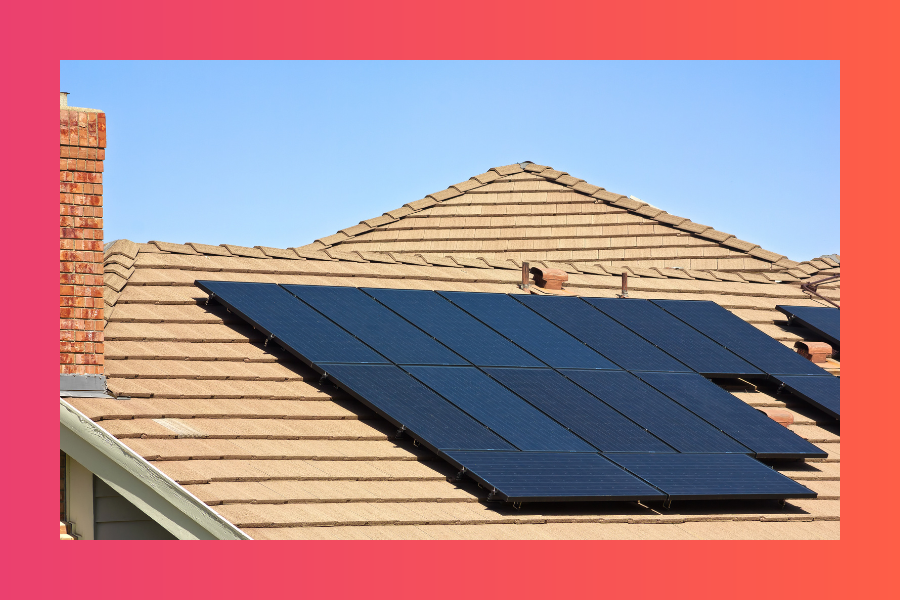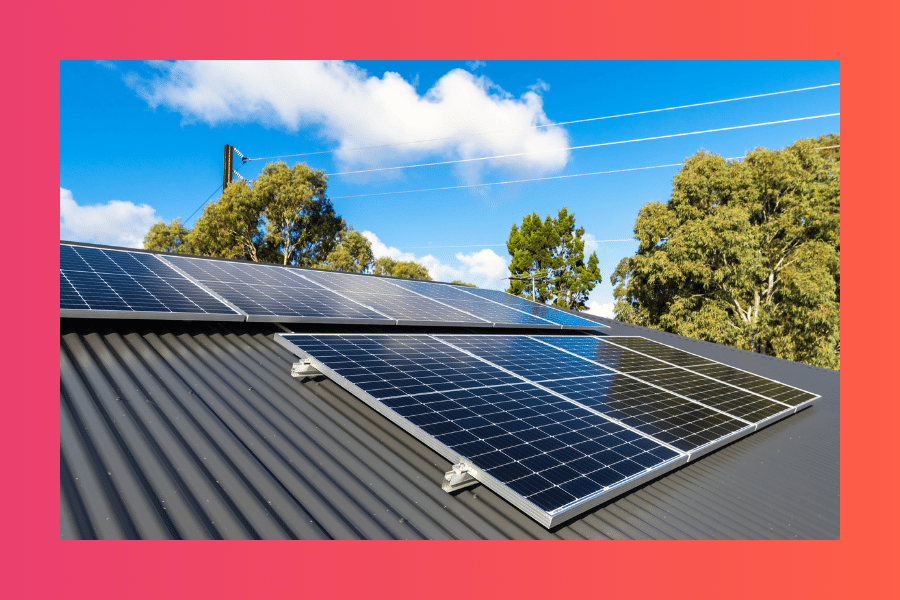Soaring Energy Costs Highlight Rooftop Solar's Value in 2022
Mid-2022 finds many Australian households confronted with a soaring cost of living. They’re seeing it with their grocery and car bills, and at home...
5 min read
![]() Solar Trust Centre Team
:
Feb 17, 2022 8:00:00 AM
Solar Trust Centre Team
:
Feb 17, 2022 8:00:00 AM

A new year is now underway, and with it a new beginning for the Australian solar industry.
Given by many measures the local industry has gone from strength to strength for successive years - allowing for the disruption the pandemic has caused! - there are high hopes 2022 will continue the trend seen across many metrics in years prior, and become Aussie solar’s best one yet! While there’s certainly a strong basis on which to hold high hopes for the weeks and months of 2022 to come, it’s also of course a reality that there are a number of challenges stakeholders in the sector will need to deal with this year in order to make 2022 a winning one across the board. So let’s unpack now 3 key factors which are set to play a major role in shaping 2022.
Many people who have a solar system which is a few years old will be interested in the idea of an upgrade. Make no mistake, a solar system installed with quality parts by a quality installer should be all set to last for many, many years. But it’s also of course the case that technology can improve from one year to the next, and after a number of years a household may have the desire to swap out their current system for a contemporary one that is more powerful. This is particularly so if they have added a lot of other new goods to their homes in recent years such as smart devices, which are wonderful overall, but can result in more power being used in the home.
Then there is the massive spike in use that the pandemic has caused. People who may have had a system before the pandemic that met their needs fine could now be finding they are working from home from Monday to Friday, and thus want a more modern solar system - or simply to add more panels to their system (where possible) - to match their increased use of household electricity during business hours.
Finally, the electric car is also looming as a big factor. For people who already have an electric ride, getting a cutting-edge solar system to aid with its charging at home can be enticing. Similarly, for those yet to own an EV but thinking about doing so in the near future, acquiring a new rooftop solar system now can be a part of laying the groundwork for that transition in future.
Although the tail end of 2021 saw Australian governments across the nation seek to decisively shift out of lockdowns and to ‘open up’ once more, the reality is - just as the emergence of the omicron variant has very visibly played havoc in Australia with businesses having to close due to staff shortages, and supply chain issues seeing grocery stores run out on certain supplies - overseas the pandemic has continued to disrupt the production and shipping of solar components. This is in tandem with ancillary issues such as energy shortages in China, which has forced factories to cease operations for a time.
Due to these factors, the supply of solar components in Australia has come under great pressure recently. In looking ahead through 2022, some observers forecast these current issues will continue for a significant period of time yet, whereas others hold an easing of them will occur before long.
Meanwhile, what is clear is shortages will surely require patience on both sides of the equation when it comes to new rooftop solar systems. Would-be customers will have to factor in the potential for a longer waiting period when it comes to getting a (newer) system of their own. For solar sellers, the fact some would-be buyers may be sitting back waiting for news supply has normalised before officially kicking off their search for a system is undoubtedly a little frustrating, but there’s the expectation these households will indeed be making the jump soon in terms of going solar - so business with customers like this will ultimately pick up beyond the short term.
A federal election is due soon, and the current expectation is it shall either be in March or May. This election could well be one where both the lead up to it, and its outcome thereafter, has a significant impact immediately on the Australian solar industry. This is both owing to the particular dynamics that are set to inform this election, as well as the prospects of what composition the Australian Parliament may take after. At present the policy proposals of both the Coalition and the Labor Party pertaining to the net zero target are known, but - just as there is always scope for some surprise announcements in the lead up to voting day - should there be a change of government, it could be anticipated that the Labor Party would provide more robust support for renewable energy.
This would be underwritten by the fact it has promised to pursue a 43% reduction in emissions based on 2005 levels by 2030, a sharp contrast with the Coalition’s promise of a reduction of 26% to 28% based on 2005 levels. Yet additionally, there is also the possibility that neither the Coalition nor Labor will win a majority in the House of Representatives. This would mean whoever forms government will have to do a deal with other politicians to get a majority, and if those politicians are from the Australian Greens, or are independents who want stronger support for renewables and action on climate change, then Australia’s push to going green could speed up notably. Similarly, while a party can take government without having control of the Senate (only needing a majority in the House of Representatives), if neither the Coalition or Labor gets control of the Senate, then other politicians will hold the balance of power, and accordingly, potentially seek a deal with the government to only pass certain laws if they get more eco-friendly action done too.
Ultimately elections are always very unpredictable - votes in both Australia and around the world in recent years have delivered surprising outcomes that essentially all the professional pollsters got wrong! - so it’s impossible to know who shall be Australia’s government until after everyone has gone to vote. This said, there is no doubt more so than any time before in our history, Australians are supportive of renewables, keen for stronger action on climate change, and growing increasingly irritated with political leaders who seem to think they can continue to get away with dropping the ball in these areas. As a result, there are indeed strong odds if there is a change of government - given the incumbent Coalition’s longstanding unwillingness to support significant green action, and that they show no sign of changing for the better in the near future - so too is there a real chance Australians could expect a significant uptick in green action this year.
This list isn’t exhaustive, but it is illustrative of three big trends that are set to play a major role in developments and discussions within the Australian solar sector throughout 2022. Ultimately, there’s no doubt Aussie solar has been a bright ray of light for the national economy, and in turn for the aspirations of millions of households and businesses who have wanted to get a rooftop system and all the benefits from its eco-friendly nature to its capacity to provide a defence against the rising cost of living expenses when it comes to electricity bills. Then there’s also those Aussies who are yet to get solar but are really keen to in future!
As a result of these factors, there’s every reason for solar stakeholders to look forward to 2022 going down in history as another great year for solar power in Australia. Yes, there are real challenges, and in turn, the pandemic continues to deliver some sudden twists and turns. But overall, the strength of the solar industry leaves it very well-placed to withstand some tough headwinds and to continue to move forward with confidence. Even if right now there are concerns about challenges ahead in the short term, in the mid to long term sunny skies are sure to return - and that’s of course great news for solar systems and all who are passionate about them!

Mid-2022 finds many Australian households confronted with a soaring cost of living. They’re seeing it with their grocery and car bills, and at home...

The story of solar power’s growth in Australia is truly terrific. Indeed, when considered in its full context - surrounding just how rapid and...

In 2022 Australia is further solidifying its status as a world-leading country when it comes to embracing solar power, and South Australia has...